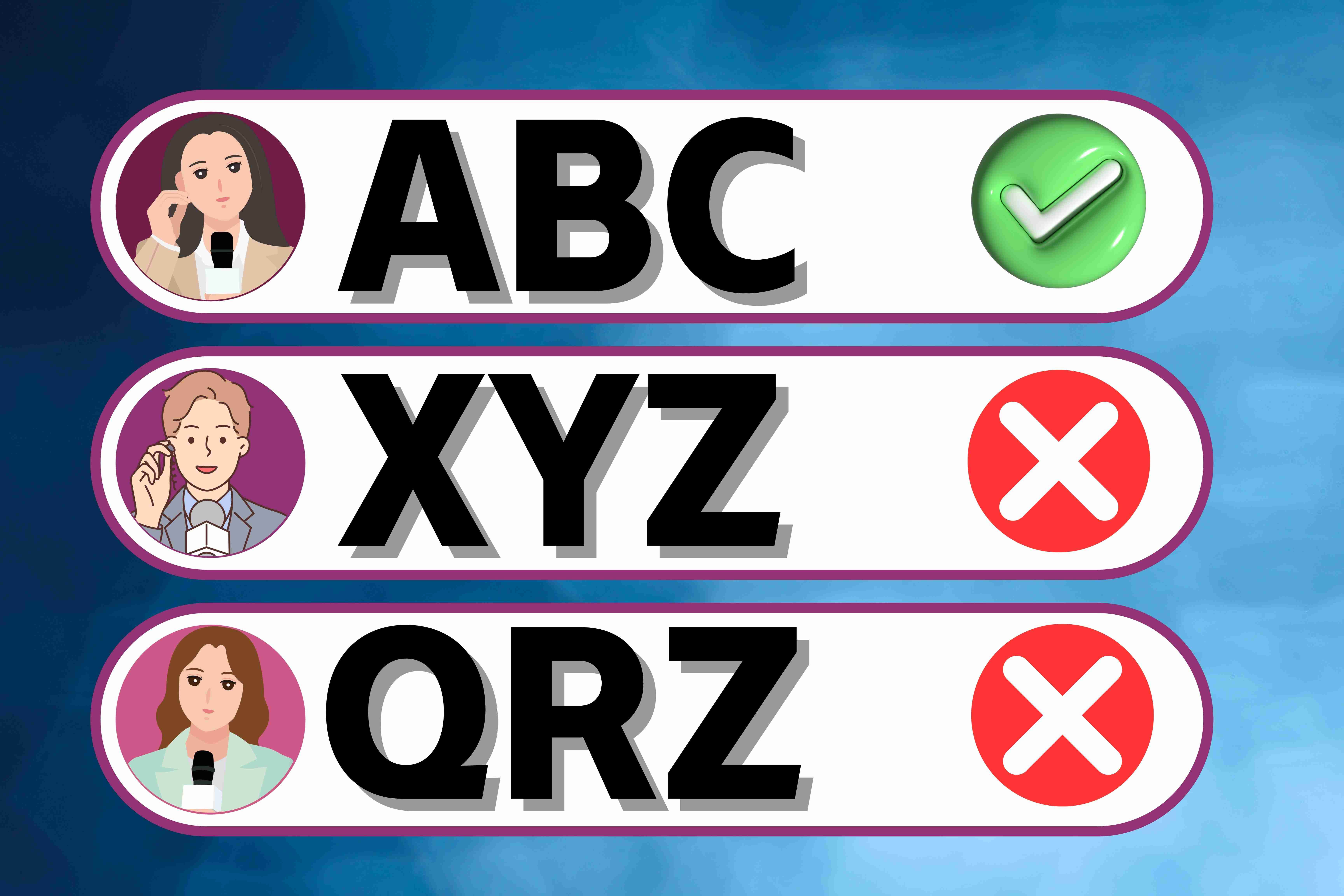In today’s digital landscape, SEO outreach is a critical component of building your online presence and driving organic traffic to your business. One of the most effective tools for successful SEO outreach is the media list—a carefully curated list of journalists, bloggers, influencers, and publications that can help amplify your content and earn valuable backlinks. When done correctly, creating a media list for SEO outreach can significantly improve your search engine rankings, boost your visibility, and drive more traffic to your online store.
In this article, we’ll explore actionable tips and the latest SEO trends related to media lists, outreach, and how to maximize your efforts to enhance your business’s visibility.
Table of Contents
- What is a Media List?
- Why Media Lists are Important for SEO Outreach
- Steps to Create an Effective Media List
- SEO Trends for Media Outreach
- Actionable Tips for Successful SEO Outreach
- Conclusion
- About Don Hesh SEO
What is a Media List?
A media list is a collection of contact details for people and outlets that are relevant to your industry, niche, or business. This list typically includes:
- Journalists and editors
- Bloggers and influencers
- Industry publications and news outlets
- Social media influencers and content creators
The goal of a media list is to create a resource for your outreach efforts, where you can contact these individuals or organizations to promote your content, secure backlinks, or collaborate on media features that enhance your SEO.
Why Media Lists are Important for SEO Outreach
Media lists are an integral part of SEO outreach because they allow you to:
- Earn backlinks: High-quality backlinks from reputable media sources boost your domain authority and improve your search engine rankings.
- Amplify your content: Media coverage helps your content reach a broader audience, increasing brand visibility and traffic.
- Build relationships: Reaching out to media contacts strengthens relationships with influencers and journalists who can promote your business in the future.
- Establish authority: Being featured in respected publications enhances your credibility and trustworthiness in the eyes of both consumers and search engines.
Steps to Create an Effective Media List
1. Define Your Outreach Goals
Before building a media list, it’s important to define your outreach goals. Are you trying to:
- Secure backlinks from reputable websites?
- Promote a specific product or service?
- Gain media coverage in industry-relevant publications?
- Increase brand awareness?
Having clear goals will help you identify the right media contacts and outlets to include in your list. For example, if your goal is to secure backlinks, you’ll want to prioritize blogs, news sites, or industry publications with high domain authority.
2. Identify Relevant Media Contacts
To create an effective media list, it’s crucial to identify the right media contacts. Start by researching:
- Industry publications: Look for magazines, blogs, and websites that publish content related to your business or industry.
- Journalists: Search for journalists who cover topics relevant to your products or services. Use platforms like Twitter or LinkedIn to discover their work.
- Influencers and bloggers: Find influencers or bloggers whose audience aligns with your target market.
- Local media: If you’re a local business, including local journalists and news outlets can help raise awareness in your community.
3. Use Tools to Build and Organize Your List
Manually building and organizing a media list can be time-consuming, but several tools can make the process more efficient:
- BuzzStream: A CRM for outreach that helps you build media lists, track outreach, and manage communications.
- Hunter.io: A tool that helps you find and verify email addresses of media contacts.
- Muck Rack: A media database that allows you to discover journalists and bloggers based on their recent work.
- Google Sheets or Excel: You can also organize your list manually using a simple spreadsheet, including fields such as name, publication, email, social media handles, and notes.
4. Personalize Your Outreach
One of the most important steps in SEO outreach is personalizing your communications. Instead of sending generic emails, tailor each pitch to the recipient:
- Reference their recent work or articles.
- Explain why your content would be valuable to their audience.
- Highlight any specific benefits for them, such as exclusive insights or data.
Personalization increases the chances of securing backlinks and building long-term relationships with media contacts.
SEO Trends for Media Outreach
1. Emphasize Quality Over Quantity
In SEO outreach, the focus has shifted from securing as many backlinks as possible to obtaining high-quality backlinks from authoritative websites. Search engines like Google prioritize backlinks from trusted sources, so including reputable publications in your media list is more beneficial than casting a wide net.
2. Focus on Niche Publications
Niche and industry-specific publications often have highly engaged audiences that are more likely to convert into customers. For example, window installers might benefit from outreach to home improvement websites, while a local gym could focus on fitness bloggers. Building relationships with niche publications can yield backlinks that drive qualified traffic to your site.
3. Use Data-Driven Pitches
Journalists and bloggers are more likely to cover a story if it includes unique insights or data. Incorporating original research, case studies, or industry-specific statistics into your outreach pitch can make it more compelling and increase the chances of getting featured.
Actionable Tips for Successful SEO Outreach
- Segment Your Media List: Divide your media list into categories, such as local media, industry blogs, or influencers. This allows you to tailor your messaging more effectively.
- Follow Up: Many journalists and bloggers receive hundreds of emails daily. If you don’t get a response right away, don’t hesitate to follow up with a polite reminder after a week or two.
- Track Your Results: Use tools like Google Analytics or Ahrefs to monitor the success of your outreach efforts. Pay attention to which outlets are driving the most traffic or generating the most backlinks.
- Provide Value: When reaching out to media contacts, always ensure that you’re offering value—whether that’s in the form of unique content, exclusive insights, or data-driven stories.
- Stay Consistent: SEO outreach isn’t a one-time task. Continue building relationships, pitching relevant stories, and updating your media list to keep your outreach efforts consistent and successful.
Conclusion
Creating and utilizing media lists for SEO outreach is one of the most effective strategies to improve your business’s visibility, earn high-quality backlinks, and drive more organic traffic. By carefully curating your media contacts, personalizing your outreach, and staying updated on the latest SEO trends, you can position your business for long-term online success.
About Don Hesh SEO
Don Hesh SEO is a leading SEO consultant and Google Ads consultant dedicated to helping businesses enhance their online presence and drive organic traffic. Our expertise in AI-driven SEO strategies ensures that your business stays ahead of the competition. Partner with SEO Sydney to leverage the latest AI technologies and achieve your SEO goals efficiently and effectively.



